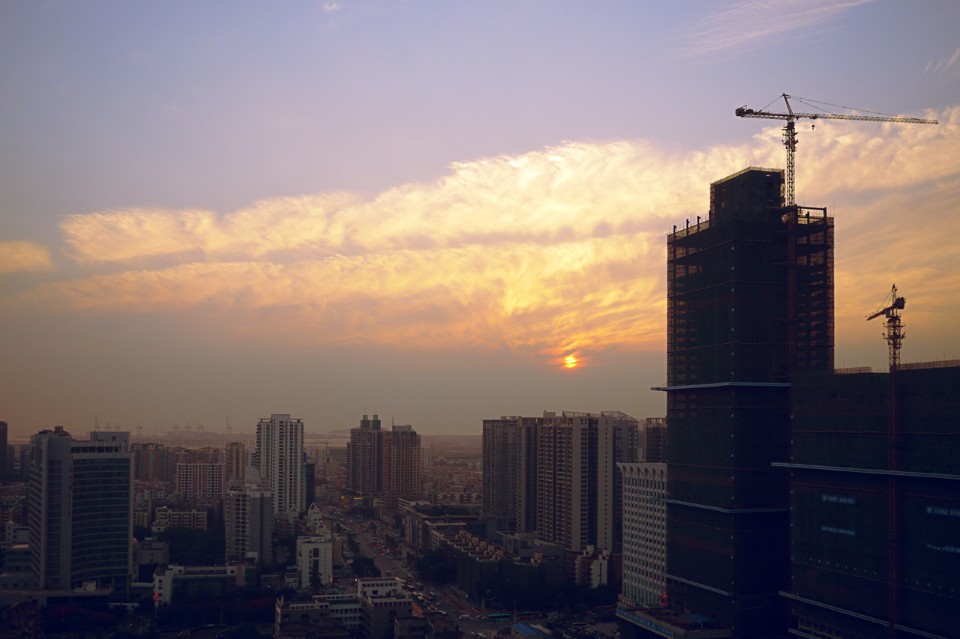
Until today, however, Shenzhen hasn’t made many cultural waves globally, or if so, only when in connection with Hong Kong. Leaving aside a rash of experimental biennials and triennials, some architecture firms such as Urbanus, and the local branch of the national OCAT network, the city is more likely to be identified as an unattractive manufacturing zone, as in portraits by Edward Burtysnky types, than as a destination for cultural research.
The opening of the Shekou Design Museum, scheduled in early 2017, represents a tide starting to change. The news shakes the scene substantially, for the new venue which aims to give Shenzhen a world-class cultural pole will be directly associated, at least in the first years of its existence, with one of Europe’s most authoritative institutions: the UK’s Victoria & Albert museum.

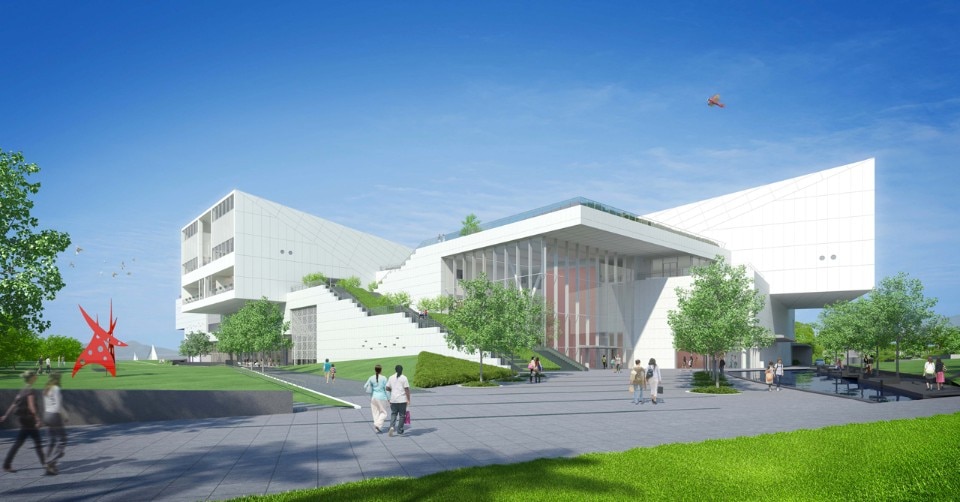
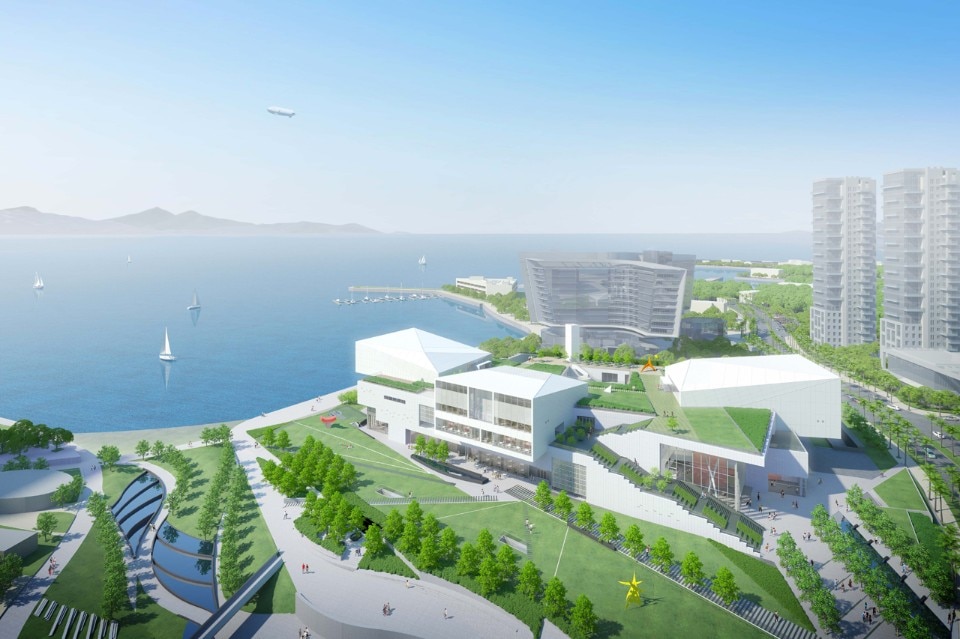
“Our angle will be different from most museums, not so much focussed on objects, authors, acquisitions and other categories of museological practice”, says Bouman, a Dutch architect, former director of the Netherlands Architecture Institute, who in 2013 curated the 5th Shenzhen/Hong Kong Bi-City Biennale: “We will try to focus on values, issues, urgencies and hence start with reality. Shenzhen is a perfect place for that as it surpassed all existing urban categories since it started to grow 35 years ago.”
“Our objective is to create in Shenzhen something similar to what we have in London: a venue of events, not just an exhibition space”, adds Mengoni, an Italian-born curator and scholar of Chinese art. “At the same time, our museum must tackle the exceptional complexity of the contemporary design discourse in China, which is encompassing at once all the phases of what has been the European history from the 20th century until now: the industrial, the postindustrial and the digital, the focus on tradition and the desire to attain a supranational identity”.
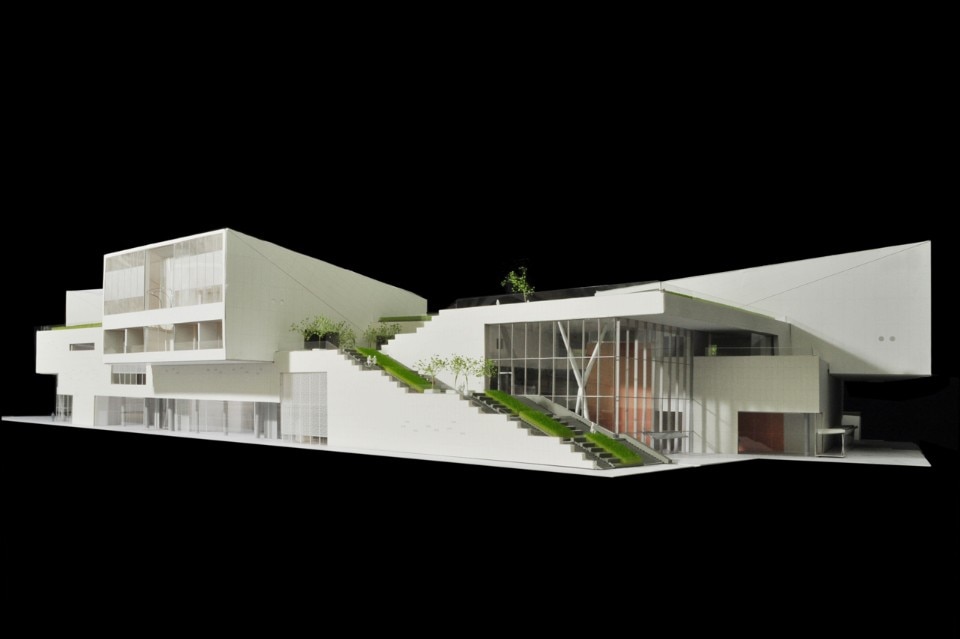
Mengoni acts as head of the V&A gallery, whose exhibits are being selected from the V&A’s archives in the departments of furniture and product design, fashion, photography, theatre and performance, among the others. “I see our work with this gallery as an exploration on how we measure the value of things, which is a crucial point for today’s design culture in China”, says Cormier, the Canadian-born lead curator of the contemporary design collection. “The rising middle class are defining new social lifestyles. And around that phenomenon, much is happening which is involving design. In business, in the government’s perception of this industry, and in the education world too”.
“What often prevails in the country is a consumer-driven sense of design, in the sense that design is seen as a vehicle to show social status”, adds Cormier. “With our work, we hope to put forward a multidimensional perception. Designers can find different levels of legitimation, thus we are working on an exhibition path that will pass through all of them, dealing with variables such as identity, material innovations, problem solving, communication strategies, and beauty”.
China today has two millions of designers, but not a design culture equally developed
The establishment of the Shekou Design Museum aims at affecting the national debate on design education too. “On one hand, the Communist party has invested massive resources in fuelling design schools. On the other hand, the business model at an industrial level has remained unchanged. The result is that China today has two millions of designers, but not a design culture equally developed”, says Mengoni. As the latest Dubai’s Global Grad Show attested, among many other examples, successful Chinese design students are getting more and more numerous. Yet, when they want to operate in their own country, they are likely to confront a very conservative market.
“Many Chinese factories still find more convenient to copy western design and re-make it cheaper”, says Cormier: “If only a small fraction of those two million designers want to establish new companies, they will need to convince manufacturers to finally invest in design. And this is where our presence want to be of some help. Interestingly, something similar occurred in early 20th century America. Back then, all of a sudden designers needed to turn into storytellers to make good selling pitches.”
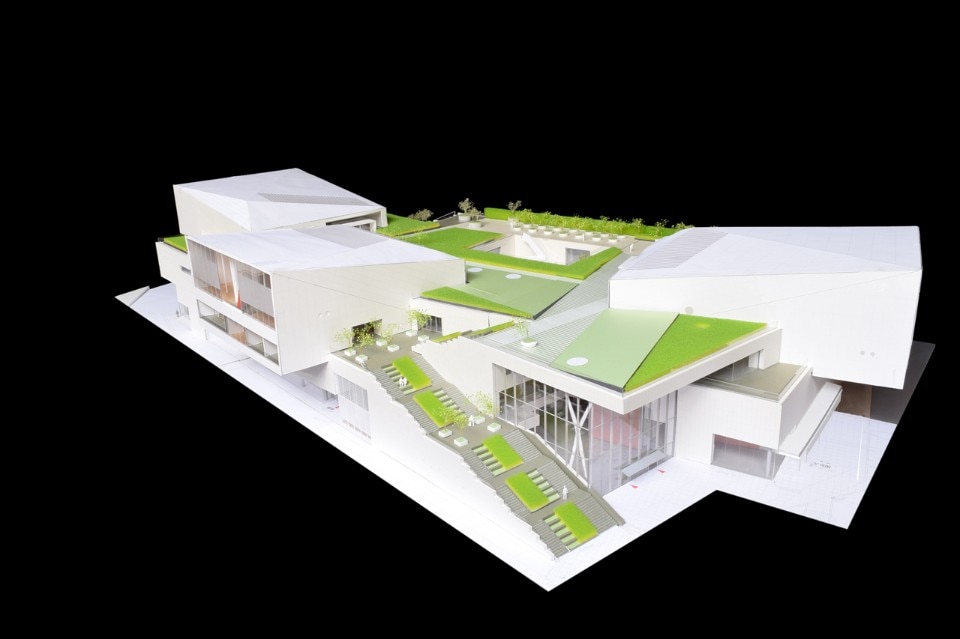
The success of the Shekou Design Museum can be measured only in the long run; not just as a curatorial project, but also as a platform for the transformation of the urban and economic space of the Pearl River Delta region. The presence of the V&A will be critical to even out the cultural imbalances between Shenzhen and other first-tier cities. “In Beijing and Shanghai you can count on a loyal body of people who will constitute a museum-going public”, says Cormier: “in Shenzhen the task is really to build that body from scratch. This is also part of our challenge to encourage the growth of a design culture.”
“From a certain angle, people speak about Shenzhen as ‘a cultural desert’ because it lacks the typical cultural infrastructure”, says Bouman: “However, if we first take a look into the emancipatory drive of this city, and consequently to the countless ways this drive finds creative avenues way beyond the cultural sector, it becomes clear that the future belongs to Shenzhen.”

